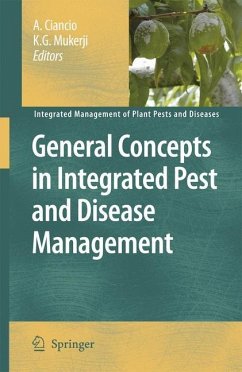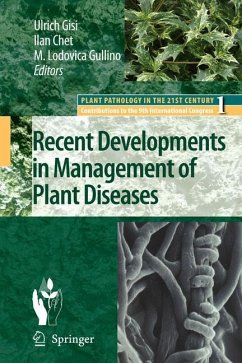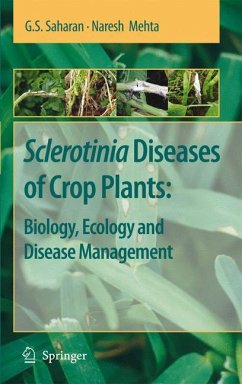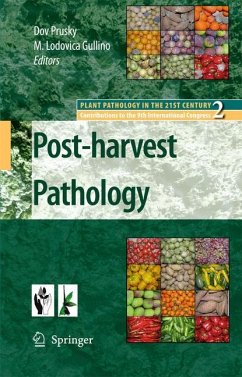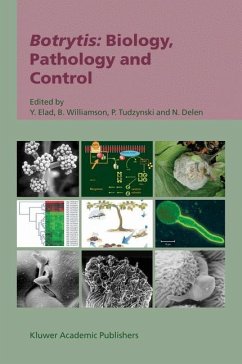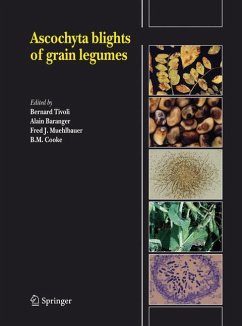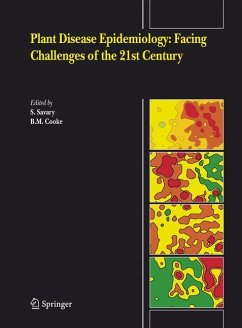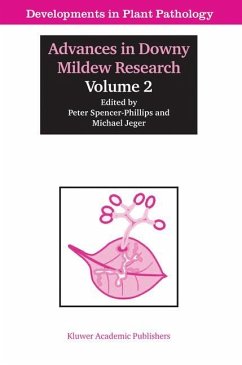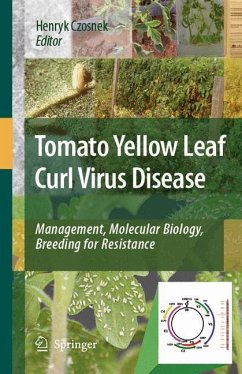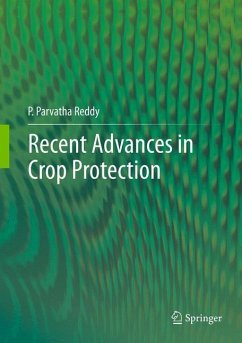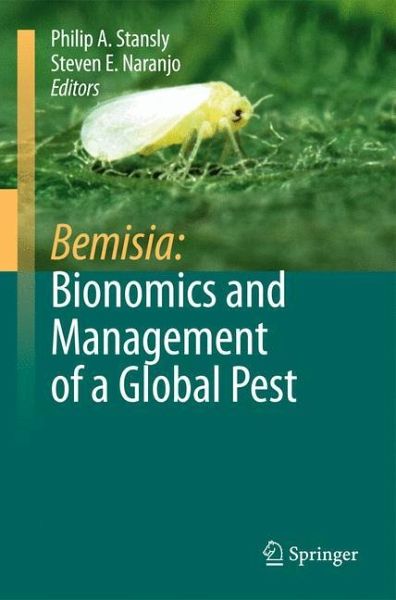
Bemisia: Bionomics and Management of a Global Pest

PAYBACK Punkte
76 °P sammeln!
Bemisia tabaci (Gennedius) has distinguished itself from the more than 1,000 whitefly species in the world by its adaptability, persistence and potential to damage a wide range of agricultural and horticultural crops in all six of the world's inhabited continents. B. tabaci inflicts plant damage through direct feeding, inducement of plant disorders, vectoring of plant viruses and excretion of honeydew. This book collates multiple aspects of the pest ranging from basic to applied science and molecular to landscape levels of investigation. Experts in multiple disciplines provide broad, but detai...
Bemisia tabaci (Gennedius) has distinguished itself from the more than 1,000 whitefly species in the world by its adaptability, persistence and potential to damage a wide range of agricultural and horticultural crops in all six of the world's inhabited continents. B. tabaci inflicts plant damage through direct feeding, inducement of plant disorders, vectoring of plant viruses and excretion of honeydew. This book collates multiple aspects of the pest ranging from basic to applied science and molecular to landscape levels of investigation. Experts in multiple disciplines provide broad, but detailed summaries and discussion of taxonomy, genetics, anatomy, morphology, physiology, behavior, ecology, symbiotic relationships, virus vector associations and various tactics for integrated management of this pest insect. The book is focused primarily on progress during the last 10-15 years and is directed at workers in the field as well as the informed professional who may not necessarily specialize in whitefly research. The book is unique in providing broad coverage in relatively few chapters by recognized experts that highlight the state-of-the-art in our understanding of this fascinating but troublesome cosmopolitan pest.





